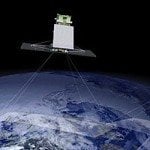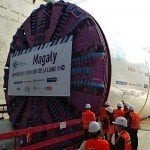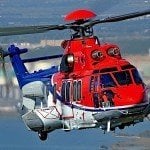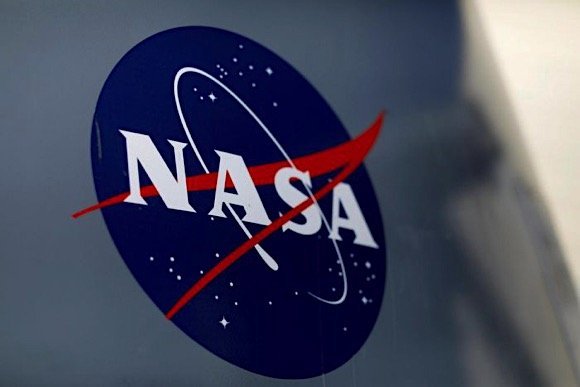
NASA has announced plans to send a small, autonomous flying machine, dubbed Mars Helicopter, alongside their new rover in the 2020 mission. The two will survey Mars, with the helicopter providing a bird’s eye view of the red planet.
The helicopter will travel to Mars with the rover attached to its underbelly. Once they have reached Mars, the rover will deploy the helicopter on the surface and drive away, leaving the helicopter to unpack itself and attempt flight.
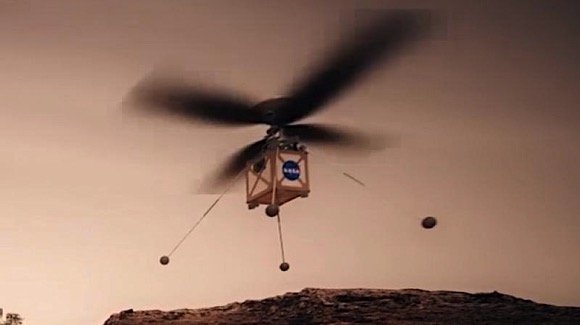
Because Mars is approximately 78 million kilometers from Earth, signals take a long time to travel between the two planets. Due to the limited ability to communicate with and control the helicopter, it will need to be fully autonomous.
The helicopter is much smaller and lighter than traditional helicopters, and it will travel ten times faster than helicopters on Earth due to an ultra-thin Martian atmosphere. “The altitude record for a helicopter flying here on Earth is about 40,000 feet,” said Mimi Aung, the Jet Propulsion Laboratory’s Mars Helicopter project manager.
“The atmosphere of Mars is only one per cent that of Earth, so when our helicopter is on the Martian surface, it’s already at the Earth equivalent of 100,000 feet up. To make it fly at that low atmospheric density, we had to scrutinize everything, make it as light as possible while being as strong and as powerful as it can possibly be.”
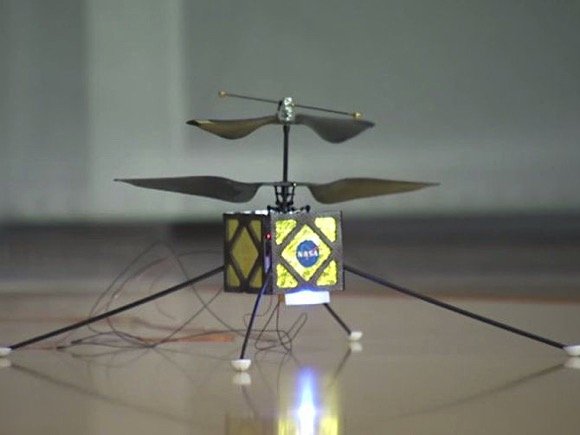
NASA’s Jet Propulsion Laboratory has worked on the helicopter for over four years, though they debated whether to actually send it to Mars, as financial and technical hurdles brought garnered concerns over the feasibility of sending the small aircraft to Mars. After much deliberation, it was decided that the helicopter would be sent alongside the rover on the 2020 mission.
This will allow the agency to send the helicopter without risking complete mission failure, as the primary agenda of the 2020 mission is to replace the aging Curiosity rover. If successful, the helicopter and its cameras will provide a clear view of the surface, allowing scientists to scope out the red planet in far greater detail than has previously been possible.
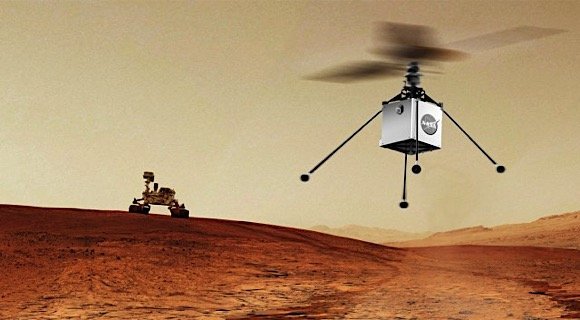
Successful flights for the helicopter would also open the door for similar missions in the future, providing scientists with a unique view covering a much larger area over less time compared to the rover, which generally travels slowly. The Curiosity rover, for instance, has only covered approximately 18.3 kilometers since it landed on Mars in 2012.
“NASA has a proud history of firsts,” said the agency’s administrator, Jim Bridenstine. “The idea of a helicopter flying the skies of another planet is thrilling. The Mars Helicopter holds much promise for our future science, discovery, and exploration missions to Mars.”




